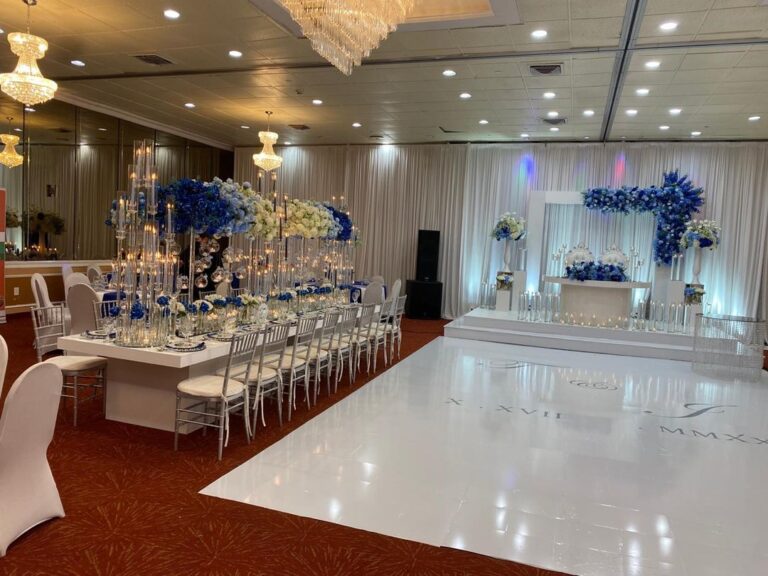The Transformative Impact of Luminance in Improving Movement Surface Beauty
The Transformative Impact of Luminance in Improving Movement Surface Beauty
Blog Article
Lighting plays a critical role in establishing the ambiance of a dancing area. It can change a plain space into an thrilling setting that improves the total experience for performers and spectators alike. The appropriate lighting can impact the mood, dynamism, and even the style of the dance being executed. By using different types of lighting, such as focused lights, colored lights, and flashing lights, event organizers can establish a vibrant setting that enthralls the audience and invites participation.
One of the primary functions of lighting on a dancing area is to highlight the performers. Spotlights can be used to focus attention on individual dancers or groups, making them the focal point of attention. This technique not only displays their movements but also adds a layer of drama to the performance. When dancers are illuminated effectively, their expressions and techniques become more visible, allowing the audience to value their skills. This focused lighting can also help to create a narrative, guiding the spectators through the show.
In addition to showcasing performers, colored illumination can greatly affect the atmosphere of the dancing area. Various colors evoke different emotions; for example, warm colors like red and orange can generate a sense of enthusiasm and vitality, while cooler colors like azure and green can promote calmness and relaxation. By strategically using colored illumination, organizers can manipulate the environment to align with the concept of the occasion or the style of the dance. This thoughtful approach to lighting design can enhance the complete encounter for all involved.
Flashing lights and other active lighting features can also add excitement to a dance floor. These features can generate a sense of beat and motion that complements the music being played. When synchronized with the beat, strobe lights can make the dance floor feel vibrant, encouraging dancers to groove in sync with the flashing lights. This interaction between light and music can elevate the vitality of the occasion, making it more enjoyable for both performers and spectators. The use of such features requires thoughtful consideration to ensure they enhance rather than divert from the show.
Finally, the complete design of the lighting arrangement is crucial for creating a cohesive look on the read here dancing area. A carefully planned lighting plan considers the layout of the area, the kind of performance being performed, and the audience's encounter. By combining various lighting techniques, such as ambient lighting, highlighting, and unique features, organizers can create a aesthetically impressive environment. This attention to detail not only improves the performance but also creates a memorable impression on the spectators, making the occasion memorable. In summary, the transformative power of lighting is essential in improving dance floor appearance, establishing an engaging and enjoyable experience for everyone.